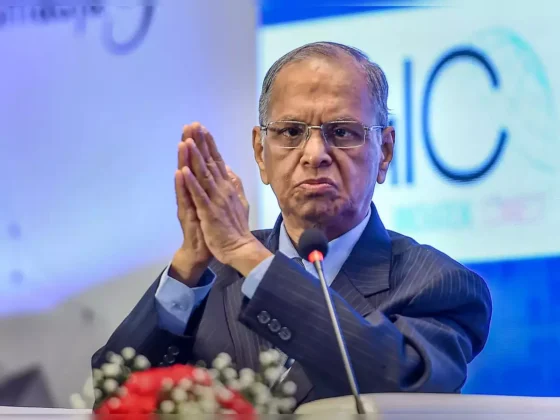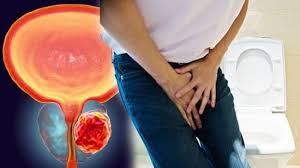-Dr. Sonal Gupta, Director, Fortis Hospital, Shalimar Bagh, Neuro & Spine Surgery
Spinal problems can arise due to injuries, tumors, infection or they can also occur due to age-related issues. The symptoms of a spine issue may include persistent back pain, pain in the neck, and difficulty to sit, stand or walk. Many times spinal problems can give rise to congenital deformity of the spine where the person may have a curved back and may not be able to stand straight. This can however be corrected surgically in both children and adults.
Spinal surgeries can be classified into two, namely, open surgery and keyhole or minimally invasive spine surgery. Certain conditions like tumors can be treated through keyhole spine surgery. This is a highly advanced form of spine surgery that involves very small incisions, which means that there is less damage caused to the normal tissues and the recovery is faster.
Keyhole surgery is performed through a serial dilator system which splits the muscle on one side rather than cutting the muscle. One inch is the size of the cut on the skin through which a dilator system is used to reach the bone. A small hole is made in the bone with a drill to reach the disc space.
With the aid of an endoscope or microscope, prolapsed disc (the disc that has fallen out of place) material is removed, preserving the root of the nerve. Magnification with the use of an endoscope or microscope helps in safe surgery.
Keyhole spine surgery can be performed for the following indications:
- Lateral or Far lateral one-sided disc prolapse
- Vertebral Body fracture with instability without pressure on the nerves
- Vertebral body collapse which can be expanded with cement (vertebroplasty or kyphoplasty)
- Single level spine tumor
Some advantages of keyhole surgery are:
- Same day mobilization
- Fast recovery
- Muscle tissue is pushed aside rather than disrupted
- Very less surgery site pain
- Less blood loss
- One inch incision
- Surgery without stitches
- Bed rest is not required
- Physical activities can be performed the next day itself
- One can place multiple spine fixation screws through few small holes
- Can sometimes be done under local anaesthesiae
Traditional open spine surgery requires a large muscle-tearing incision, longer stay at the hospital and a long recovery period. However, advances in technology in the form of equipment’s and surgical microtools has made spine surgery simple yielding excellent results. Most often the spine surgery results may not be positive due to delay in surgery by the patient because they may fear a spine surgery and wrong approach.
When there is an indication towards an open spine surgery when one can opt for keyhole surgery, selecting the wrong approach will lead to compromising of the results. The use of minimally invasive techniques that preserve muscle function, along with providing specialized implants that act as an internal brace, allows one to avoid wearing a brace.
As a post-surgery step, one can opt for physiotherapy that helps in rapid recovery. After one week of muscle-strengthening through therapy, it is advisable to continue the exercises at home in a routine manner to prevent recurrent episodes of back pain. However, the decision of spine surgery should be based on advice of experts and not on the opinion shared by someone who does not have the background.











